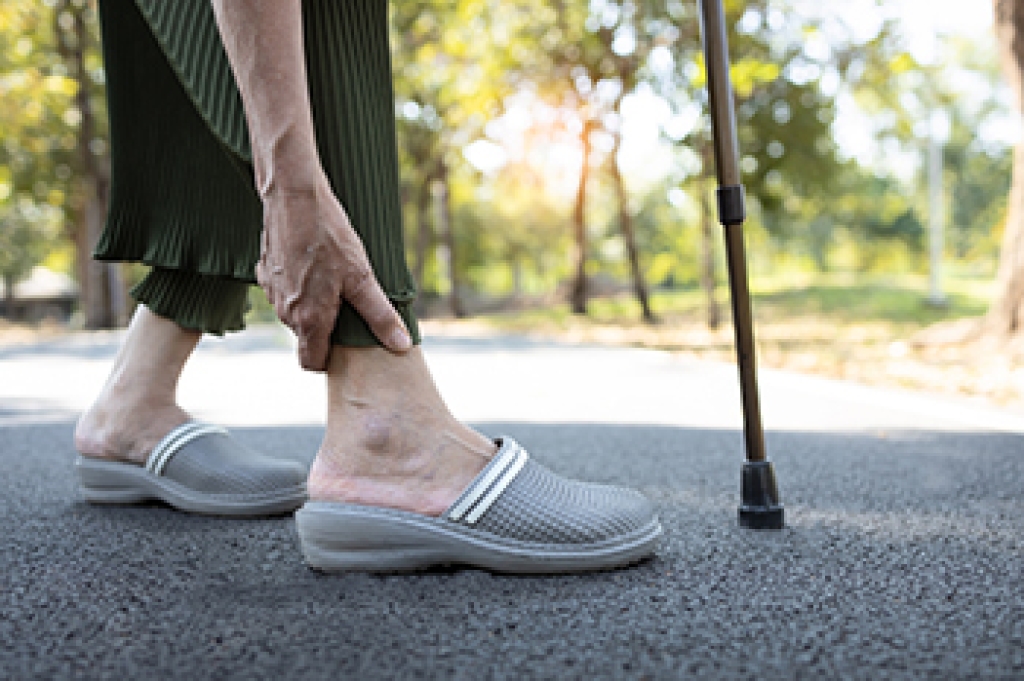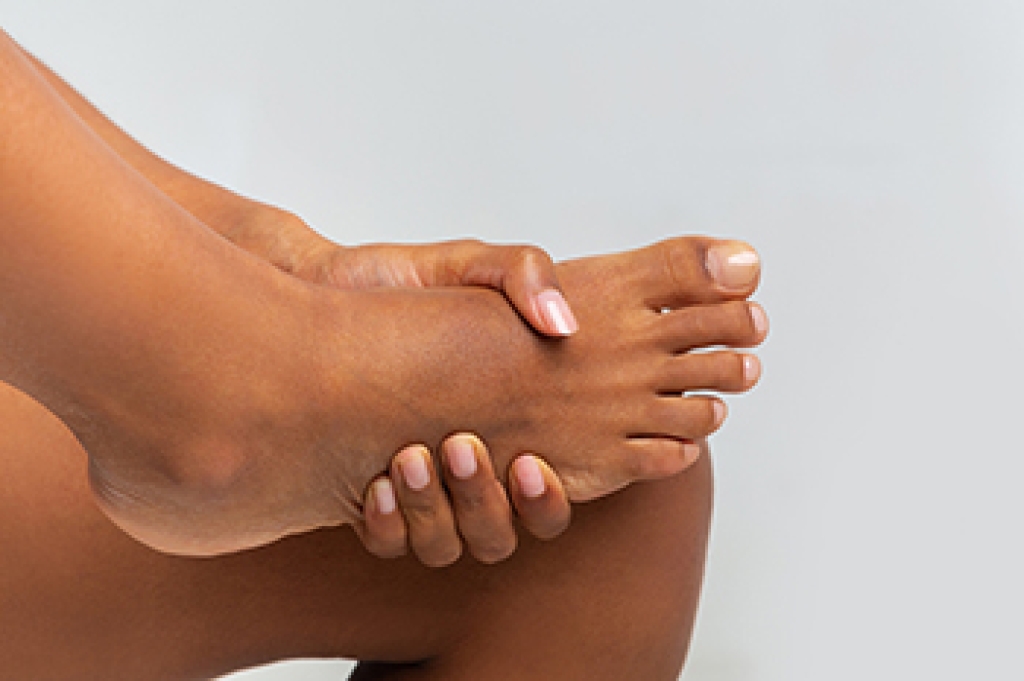
As people age, their feet become more vulnerable to a range of issues, including fractures, gout, toenail disorders, and peripheral arterial disease, or PAD. Fractures can occur from falls or weakened bones, and may cause swelling, bruising, and sharp pain. Gout, often affecting the big toe, causes sudden, intense pain, redness, and warmth due to uric acid buildup. Thick, discolored, or ingrown toenails can lead to pain and infection, while PAD, a circulation problem, can cause leg cramping, cold feet, and slow-healing wounds. These conditions may make walking difficult and affect overall mobility and independence. A podiatrist can diagnose these issues through exams and imaging. Treatment options include medications, custom orthotics, nail care, wound management, and footwear changes to reduce pain and improve function. If you have any of these issues, it is suggested that you schedule an appointment with a podiatrist for appropriate treatment solutions.
Proper foot care is something many older adults forget to consider. If you have any concerns about your feet and ankles, contact Alex Kim, DPM from AVID Foot & Ankle Center. Our doctor can provide the care you need to keep you pain-free and on your feet.
The Elderly and Their Feet
As we age we start to notice many changes in our body, but the elder population may not notice them right away. Medical conditions may prevent the elderly to take notice of their foot health right away. Poor vision is a lead contributor to not taking action for the elderly.
Common Conditions
- Neuropathy – can reduce feeling in the feet and can hide many life-threatening medical conditions.
- Reduced flexibility – prevents the ability of proper toenail trimming, and foot cleaning. If left untreated, it may lead to further medical issues.
- Foot sores – amongst the older population can be serious before they are discovered. Some of the problematic conditions they may face are:
- Gouging toenails affecting nearby toe
- Shoes that don’t fit properly
- Pressure sores
- Loss of circulation in legs & feet
- Edema & swelling of feet and ankles
Susceptible Infections
Diabetes and poor circulation can cause general loss of sensitivity over the years, turning a simple cut into a serious issue.
If you have any questions please feel free to contact our office located in Little Elm, TX . We offer the newest diagnostic and treatment technologies for all your foot and ankle needs.




